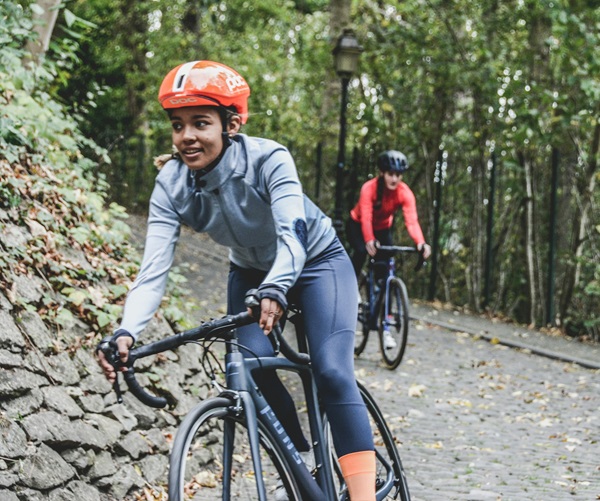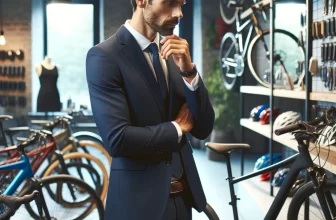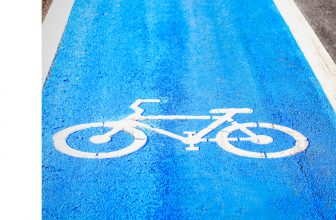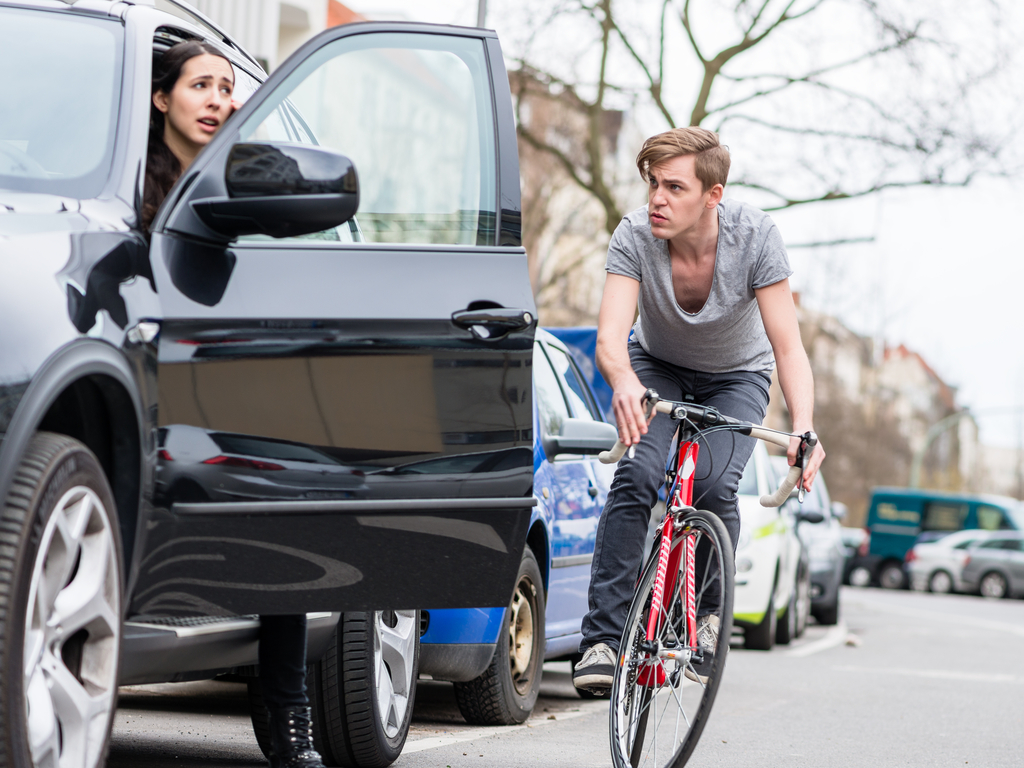Beginner’s Guide to Road Cycling in the UK

Road cycling has become increasingly popular in the UK, thanks in part to the success of British cyclists in international competitions and the rise of cycling culture. Whether you’re looking to improve your fitness, explore the countryside, or reduce your carbon footprint, road cycling offers numerous benefits. This guide aims to help beginners get started with road cycling in the UK, covering everything from choosing the right bike to understanding road etiquette.
Choosing the Right Bike
The first step in your road cycling journey is selecting the right bike. For beginners, this can be overwhelming given the vast array of options available. Here are some key considerations:
1. Bike Type: Road bikes, also known as racing bikes, are designed for speed and efficiency on paved roads. They typically have lightweight frames, thin tires, and drop handlebars. Entry-level models can be quite affordable, with decent options available for around £500-£1,000.
2. Frame Material: The most common materials are aluminium, carbon fibre, steel, and titanium. Aluminium is lightweight and affordable, making it a popular choice for beginners. Carbon fibre is lighter and more comfortable but tends to be more expensive. Steel offers a smooth ride and durability, while titanium combines the best features of all materials but comes at a higher price.
3. Fit: Ensuring your bike fits correctly is crucial for comfort and efficiency. Visit a local bike shop for a professional fitting. They’ll consider your height, inseam, reach, and flexibility to find the best frame size and adjustments.
4. Components: Pay attention to the groupset, which includes the gears, brakes, and shifters. Shimano, SRAM, and Campagnolo are the leading brands. Entry-level groupsets like Shimano Claris or Sora are reliable and budget-friendly.
Essential Gear and Accessories
In addition to the bike itself, several accessories are essential for a safe and enjoyable cycling experience:
1. Helmet: A helmet is a non-negotiable safety item. Ensure it fits well and meets safety standards (look for CE or EN 1078 certification).
2. Clothing: Invest in a good pair of padded cycling shorts to enhance comfort on longer rides. A moisture-wicking jersey, gloves, and cycling shoes with cleats will also improve your experience.
3. Tools and Spares: A basic toolkit should include tire levers, a spare inner tube, a multi-tool, and a mini-pump or CO2 inflator. These items can help you handle minor repairs on the go.
4. Lights: Even if you don’t plan on riding at night, having front and rear lights is essential for visibility in low-light conditions.
5. Water Bottles and Cages: Staying hydrated is crucial. Most road bikes come with mounts for water bottle cages.
Building Your Fitness
Starting road cycling requires a certain level of fitness, but don’t worry if you’re not in top shape right away. Here are some tips to build your fitness progressively:
1. Start Slowly: Begin with shorter rides and gradually increase your distance and intensity. Aim for consistency rather than intensity at the start.
2. Set Goals: Setting realistic goals can keep you motivated. These could be distance-based (e.g., riding 20 miles without stopping) or time-based (e.g., riding for an hour).
3. Join a Club: Many local cycling clubs offer beginner-friendly rides and training sessions. This is a great way to meet fellow cyclists, learn new routes, and improve your skills in a supportive environment.
4. Cross-Training: Incorporate other forms of exercise, such as running, swimming, or strength training, to build overall fitness and prevent overuse injuries.
5. Rest and Recovery: Listen to your body and take rest days as needed. Recovery is crucial to avoid burnout and injury.
Understanding the Basics of Road Etiquette
Road etiquette encompasses the rules and behaviours expected of cyclists to promote safety and harmony among all road users. Here’s what you need to know:
1. Follow Traffic Laws: Cyclists are required to obey the same traffic laws as motorists. This means stopping at red lights, yielding to pedestrians, and signalling your turns. Familiarize yourself with the Highway Code, which includes specific rules for cyclists.
2. Ride Predictably: Maintaining a consistent and predictable path helps motorists and other cyclists anticipate your movements. Avoid sudden swerves or stops and use hand signals to indicate your intentions.
3. Stay Visible: Wear bright, reflective clothing, especially in low-light conditions. Equip your bike with front and rear lights to enhance your visibility.
4. Use Cycle Lanes: Where available, use designated cycle lanes. However, be cautious of parked cars, pedestrians, and other potential hazards.
Essential Road Positioning
Proper road positioning is key to safe cycling. Here are some guidelines:
1. Follow Traffic Laws: Cyclists are required to obey the same traffic laws as motorists. This means stopping at red lights, yielding to pedestrians, and signalling your turns. Familiarize yourself with the Highway Code, which includes specific rules for cyclists.
2. Ride Predictably: Maintaining a consistent and predictable path helps motorists and other cyclists anticipate your movements. Avoid sudden swerves or stops and use hand signals to indicate your intentions.
3. Stay Visible: Wear bright, reflective clothing, especially in low-light conditions. Equip your bike with front and rear lights to enhance your visibility.
4. Use Cycle Lanes: Where available, use designated cycle lanes. However, be cautious of parked cars, pedestrians, and other potential hazards.
Signalling and Communication
Effective communication with other road users is crucial for safety. Here’s how to signal your intentions:
1. Left Turn: Extend your left arm horizontally.
2. Right Turn: Extend your right arm horizontally.
3. Slowing Down or Stopping: Extend your arm downward with your palm facing backward.
4. Group Riding: Use verbal cues and hand signals to communicate with fellow cyclists. Common signals include pointing out hazards, indicating a need to stop, or signalling turns.
Dealing with Other Road Users
Interacting with motorists, pedestrians, and other cyclists requires patience and courtesy:
1. Motorists: Stay calm and composed, even if drivers are impatient. Make eye contact to ensure they see you and signal your intentions clearly. Avoid riding in a driver’s blind spot.
2. Pedestrians: Yield to pedestrians, especially at crossings and in shared spaces. Slow down and give a polite warning (e.g., ringing your bell or saying “excuse me”) when approaching from behind.
3. Other Cyclists: When overtaking, do so on the right and call out “on your right” to alert the cyclist ahead. Maintain a safe distance when riding in groups and avoid sudden changes in speed or direction.
Navigating Different Road Conditions
The UK’s roads can present various challenges. Here’s how to handle different conditions:
1. Urban Areas: Be extra vigilant for buses, taxis, and pedestrians. Watch out for opening car doors and give parked cars a wide berth.
2. Rural Roads: These roads can be narrow with limited visibility. Ride in the primary position to discourage unsafe overtaking and be cautious around blind corners.
3. Hills and Descents: On climbs, maintain a steady pace and be prepared for vehicles overtaking you. On descents, control your speed and stay alert for sudden obstacles.
4. Wet and Icy Conditions: Wet roads can be slippery, especially around drains and painted road markings. Slow down and avoid sudden braking or sharp turns. In icy conditions, it’s best to avoid cycling altogether if possible.
Group Riding Etiquette
Riding in a group can be fun and safe if everyone follows some basic rules:
1. Formation: On busy roads, ride in single file. On quieter roads, you can ride two abreast, but be prepared to single out to allow vehicles to pass.
2. Communication: Use hand signals and verbal cues to indicate hazards, stops, and changes in direction or speed.
3. Drafting: Riding closely behind another cyclist (drafting) can save energy. Ensure you are comfortable with the distance and communicate with the rider ahead.
4. Passing: When overtaking within the group, do so smoothly and on the right side. Let the rider in front know you are passing by saying “on your right.”
Staying Safe on the Road
Safety should always be your top priority when road cycling. Here are some additional tips to ensure you stay safe:
1. Visibility: Wear bright, reflective clothing and use lights even during the day to increase your visibility to motorists.
2. Road Positioning: Ride at least one meter away from the curb to avoid debris and give yourself space to manoeuvre. On narrow roads, take the lane if necessary to discourage unsafe passing.
3. Communication: Use clear hand signals to indicate your intentions and make eye contact with drivers at intersections to ensure they see you.
4. Bike Maintenance: Regularly check your bike for any mechanical issues. Pay particular attention to the brakes, tires, and chain. A well-maintained bike is crucial for safety.
5. Emergency Contacts: Always carry identification and emergency contact information. Consider using a medical ID bracelet if you have any health conditions.
The Joy of Road Cycling
Road cycling offers a unique blend of physical challenge, adventure, and community. As you gain experience and confidence, you’ll discover the many joys of this sport. Whether it’s the thrill of a fast descent, the satisfaction of reaching the top of a climb, or the camaraderie of a group ride, there’s something for everyone in road cycling.
Remember, every cyclist was once a beginner. With the right bike, gear, and attitude, you’ll quickly find your rhythm on the road. Happy cycling!








